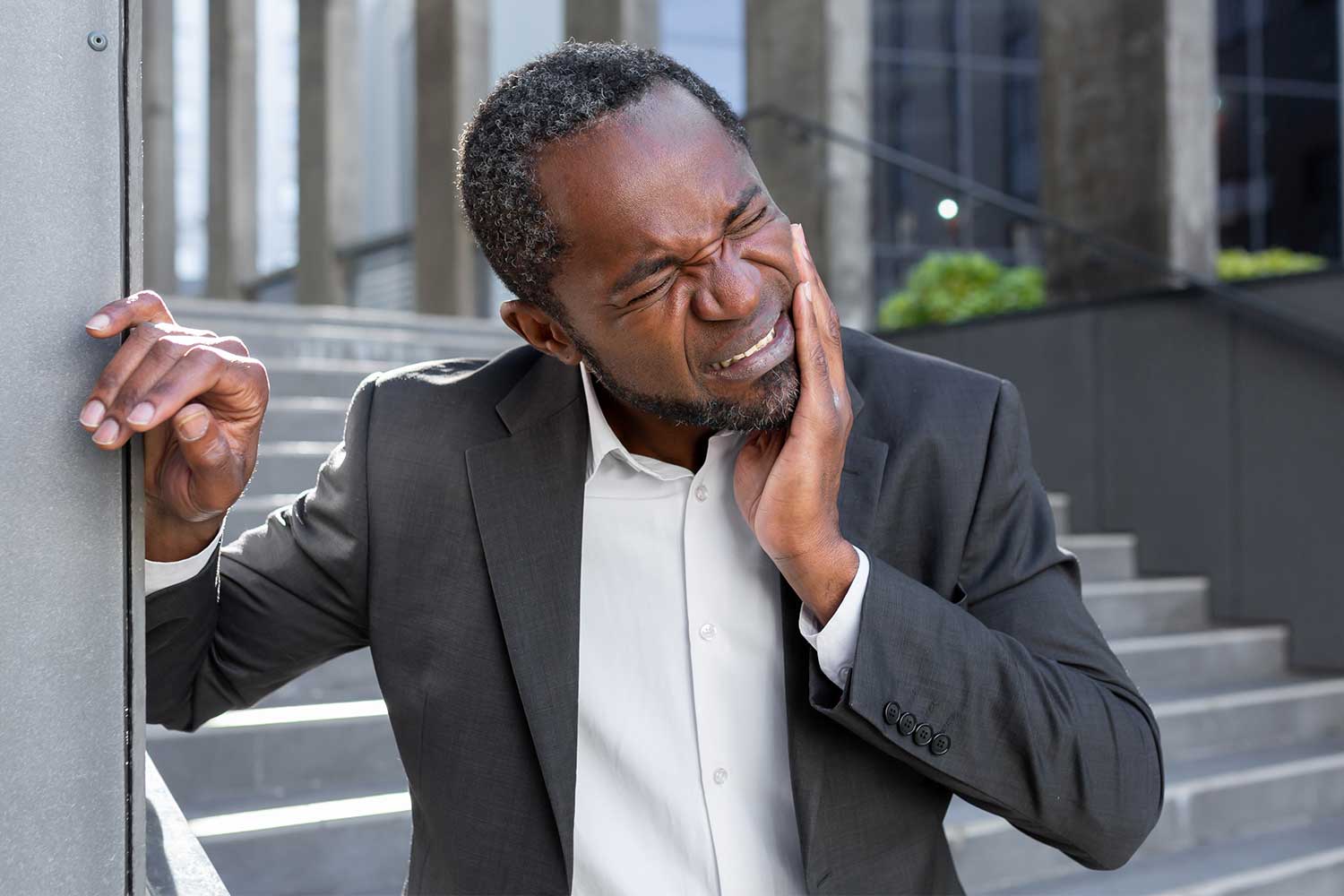What to Do During a Dental Emergency Before You See the Dentist
Dental emergencies often happen without warning.
A toothache, broken tooth, or swelling can strike suddenly and leave you unsure of what to do. Acting quickly makes a big difference in reducing pain and preventing further damage before you reach the dentist. But do you know what to do during a dental emergency? Not everyone does, so keep reading.
The steps you take in those first moments are important. By knowing how to respond to common dental emergencies, you can protect your teeth and ease discomfort until professional help is available.

Common Dental Emergencies You May Face
Some of the most frequent dental emergencies include:
- Severe toothache or sudden pain
- Knocked-out or chipped tooth
- Lost filling or crown
- Broken braces or wires
- Swelling, infection, or abscess
What to Do During a Dental Emergency (6 Different Kinds)
What to Do for a Toothache
Use warm water to rinse your mouth and clear the area. Gently floss around the tooth to remove any particles stuck between your teeth. Never apply aspirin to your gums, as this can cause chemical burns. If the pain does not subside, apply a cold compress to the outside of your cheek to help with the discomfort until you see your dentist.
What to Do for a Knocked-out Tooth
Pick up the tooth carefully by its crown, not the root. If it is dirty, rinse lightly with water but do not rub. Reposition the tooth into its socket, if you can, and hold it in place. If you cannot do that, store it in milk or saline. Prompt treatment is crucial, so get to a dentist immediately to improve the chances of saving the tooth.
What to Do for a Chipped or Broken Tooth
If you can, save any broken pieces of the tooth and bring them with you. Gently rinse the area inside your mouth with warm water. If there is bleeding, apply a piece of gauze until it stops. Use a cold compress on your face to control swelling and pain.
What to Do for Lost Fillings or Crowns
If a filling or crown falls out, protect the exposed area. You can cover the spot with dental cement, which is available at most pharmacies, or use sugar-free gum as a temporary solution. Avoid chewing on that side of your mouth. Keep the crown and bring it to your dentist, as it may be possible to reattach it.
What to Do for Broken Braces or Wires
If a wire is sticking out and irritating your mouth, cover it with orthodontic wax, gauze, or a small piece of cotton. Avoid cutting the wire unless it is causing injury and cannot be repositioned. Contact your orthodontist as soon as possible to have it repaired.
What to Do for Swelling or Abscess
An abscess is a serious infection that requires urgent care. Rinse your mouth with mild saltwater to help reduce bacteria and draw out some of the infection. Do not try to pop or drain the abscess on your own. Apply a cold compress to ease swelling and get to the dentist quickly, as untreated infections can spread to other parts of the body.
When to Go to the ER Instead of the Dentist
While most dental emergencies can be handled by your dentist, there are times when you should go to the emergency room right away. These include:
- Severe bleeding that does not stop
- High fever combined with facial swelling
- Trauma involving a jaw fracture or head injury
First aid steps can protect your teeth and manage pain, but only a dentist can provide the full treatment you need. Quick action reduces the risk of lasting damage and speeds up recovery. If you or a loved one has a dental emergency, call McKinney Dental right away for urgent care. Getting help fast ensures your smile stays healthy and strong.

